I. Introduction
Ulinastatin, a naturally occurring protease modulator generated from human urine, has been used for decades to treat inflammatory disorders like sepsis, acute pancreatitis, and organ failure. [Wei, 2021] [Horváth, 2022] [Wang, 2019] [Atal, 2016] Its main activity is to block enzymes such as trypsin, chymotrypsin, elastase that cause tissue damage and inflammation, while conversely it activates thermolysin and liberase activity, so it is likely to have multimodal activity. [Umeadi, 2008] [Linder, 2014] Ulinastatin has demonstrated considerable therapeutic effects in the treatment of inflammatory illnesses in Japan, China, and India. This article investigates the role of ulinastatin in these three nations, emphasizing its use, regulatory landscape, and therapeutic results.
II. Japan: Pioneers in Ulinastatin Therapy
In Japan, ulinastatin has been in clinical usage since 1985, when Mochida introduced Miraclid®, the world's first ulinastatin preparation. [Mochida, n.d.] Japan is regarded as a pioneer in the therapeutic use of ulinastatin, notably in the treatment of acute pancreatitis, sepsis/systemic inflammatory response syndrome (SIRS), Stevens-Johnson syndrome, and Kawasaki disease. [Inamo, 2002] [Kanai, 2011] [Zhang, 2022]
III. Regulatory Approval and Usage
The Japanese Pharmaceuticals and Medical Devices Agency (PMDA) authorized ulinastatin to treat a variety of inflammatory diseases. It is frequently used in emergency rooms, notably for acute pancreatitis, and to avoid organ failure in sepsis patients. Its clinical applicability is well-established in Japan, and it is used extensively in intensive care units (ICUs) throughout the country. [Yamazaki, 2011]
Clinical Outcomes
Several clinical trials in Japan have demonstrated the efficacy of ulinastatin in reducing mortality and improving clinical outcomes in patients with severe inflammatory conditions. For example, in a randomized clinical study, patients on ulinastatin had significantly lower blood and drain amylase levels than those in the placebo group. Ulinastatin dramatically reduced the frequency of hyperamylasemia and postoperative pancreatitis. Although there was no significant difference in the incidence of pancreatic fistula between the groups, the data indicated that prophylactic ulinastatin medication lowered the risk of postoperative pancreatitis. [Uemura, 2008]
Additionally, ulinastatin has been explored in the context of cardiopulmonary bypass surgeries, where it has been shown to reduce inflammatory markers and improve postoperative outcomes. This makes it a valuable tool in reducing inflammation-related complications during and after major surgeries in Japan. [Sugita, 2002]
China: Expanding Indications for Ulinastatin
China has played a vital role in the mass manufacture and clinical application of ulinastatin. The medication is widely utilized in the treatment of sepsis, acute respiratory distress syndrome (ARDS), and multiple organ dysfunction syndrome (MODS), especially in ICUs. [Zhang, 2019]. Furthermore, a clinical investigation in China demonstrated that high-dose ulinastatin was effective against COVID-19. [Huang, 2022]. The National Medical Products Administration (NMPA) of China authorized ulinastatin for clinical usage after studying its anti-inflammatory and organ-protective properties. [Wang, 2019]
Sepsis and Acute Pancreatitis Management
Sepsis, a life-threatening illness caused by an excessive immunological response to infection, is still a huge healthcare burden in China. Ulinastatin has gained popularity as an additional therapy for sepsis because it helps decrease the overwhelming inflammatory response that defines sepsis. In a large multicenter study, patients who got ulinastatin in conjunction with standard sepsis care had considerably reduced fatality rates than those who received standard therapy alone. [Wang, 2019]
In China, ulinastatin is also often used to treat acute pancreatitis. Ulinastatin has been found in studies to considerably lower blood levels of inflammatory indicators such as C-reactive protein and pro-inflammatory cytokines, resulting in better clinical outcomes in patients with severe acute pancreatitis. [Wang, 2023]
Widespread Adoption
The widespread use of ulinastatin in Chinese hospitals is no doubt due to its demonstrated safety profile and capacity to lower the severity of inflammatory diseases. Furthermore, the medicine is quite inexpensive in China, making it affordable to a broad population. Its usage is not restricted to ICUs; it is frequently used in emergency departments to treat patients who are at risk of developing organ failure as a result of serious infections. [Xu, 2019]
India: A Growing Market for Ulinastatin
India is a fast increasing market for ulinastatin, which is primarily used to treat sepsis, acute pancreatitis, and post-surgical inflammation. The Indian Council of Medical Research (ICMR) has advised the use of ulinastatin in certain inflammatory disorders, and its usage in treatment regimens has grown over time. [Gandhi, 2022]
Sepsis and Organ Protection
Sepsis is a prominent cause of death in India, particularly in rural regions where access to advanced treatment is restricted. Ulinastatin has been used as an additional medication in sepsis care to increase survival rates. Sharma et al. found that administering ulinastatin in septic patients resulted in a significant reduction in organ dysfunction scores and death. The drug's anti-inflammatory characteristics were cited as critical in avoiding sepsis development to MODS. [Karnad, 2014]
Post-Surgical Applications
In India, ulinastatin is also used to reduce inflammation and speed up recovery after surgery. This is especially important in major surgeries such as cardiovascular and gastrointestinal procedures, when postoperative inflammation may cause complications. According to clinical studies, ulinastatin can reduce inflammation and accelerate healing, making it a valuable addition to post-surgical care. [Yao, 2020]
Affordability and Accessibility
One of the most significant advantages of ulinastatin in India is its low cost. The medicine is manufactured locally, which reduces prices and makes it more available to a larger population. As a result, it may now be used not just in metropolitan hospitals, but also in smaller rural healthcare institutions. Furthermore, the Indian government has acknowledged the need of incorporating ulinastatin in national treatment guidelines for sepsis and acute pancreatitis. [Lagoo, 2018]
Challenges and Future Outlook
Despite its growing popularity, ulinastatin confronts several challenges in the global healthcare industry. One of the most urgent challenges is the lack of large-scale randomized controlled trials (RCTs) outside of Asia that can definitively confirm its efficacy in inflammatory illnesses such as sepsis and acute pancreatitis. Furthermore, while the drug is widely acknowledged in Japan, China, and India, its use in Western countries is limited.
However, recent research in Asia is expanding the possible uses of ulinastatin. New research is looking at its involvement in avoiding organ failure in COVID-19 patients, as well as its potential usage in neuroinflammation. These discoveries might pave the path for greater global acceptance of ulinastatin in the future years. [Wu, 2022]
Conclusion
Ulinastatin has become an important therapeutic agent in the treatment of inflammatory disorders such as sepsis and acute pancreatitis in Japan, China, and India. In these nations, it is commonly used in intensive care units to decrease inflammation and avoid organ failure, hence improving patient outcomes. While ulinastatin is more often used in Asia, its efficacy in treating inflammatory illnesses is growing. Ongoing research and clinical studies may lead to its widespread acceptance in other regions of the world.
References
Atal, S. S., & Atal, S. (2016). Ulinastatin – A newer potential therapeutic option for multiple organ dysfunction syndrome. Journal of Basic and Clinical Physiology and Pharmacology, 27(2), 91–99. https://doi.org/10.1515/jbcpp-2015-0003
Gandhi, J. P., Jasani, R., Maharaul, H. H., Shah, K. P., & Shaparia, P. (2022). A comparative study in acute pancreatitis to find out the effectiveness of early addition of ulinastatin to current standard care in Indian subjects. International Journal of Health Sciences, 6(S5), 819–832. https://doi.org/10.53730/ijhs.v6nS5.8763
Horváth, I. L., Bunduc, S., Fehérvári, P., Váncsa, S., Nagy, R., Garmaa, G., Kleiner, D., Hegyi, P., Erőss, B., & Csupor, D. (2022). The combination of ulinastatin and somatostatin reduces complication rates in acute pancreatitis: A systematic review and meta-analysis of randomized controlled trials. Scientific Reports, 12(1), 17979. https://doi.org/10.1038/s41598-022-22341-7
Huang, H., Hu, P.-F., Sun, L.-L., Guo, Y.-B., Wang, Q., Liu, Z.-M., Yin, J.-Z., Shi, P.-M., Yuan, Z.-L., & Xie, W.-F. (2022). Treatment of patients with COVID-19 with a high dose of ulinastatin. Experimental and Therapeutic Medicine, 23(2), 121. https://doi.org/10.3892/etm.2021.11044
Inamo, Y., Okubo, T., Wada, M., Fuchigami, S., Hashimoto, K., Fuchigami, T., Takahashi, S., Sawada, S., & Harada, K. (2002). Intravenous ulinastatin therapy for Stevens-Johnson syndrome and toxic epidermal necrolysis in pediatric patients: Three case reports. International Archives of Allergy and Immunology, 127(1), 89–94. https://doi.org/10.1159/000048174
Kanai, T., Ishiwata, T., Kobayashi, T., Sato, H., Takizawa, M., Kawamura, Y., Tsujimoto, H., Nakatani, K., Ishibashi, N., Nishiyama, M., Hatai, Y., Asano, Y., Kobayashi, T., Takeshita, S., & Nonoyama, S. (2011). Ulinastatin, a urinary trypsin inhibitor, for the initial treatment of patients with Kawasaki disease: A retrospective study. Circulation, 124(25), 2822–2828. https://doi.org/10.1161/CIRCULATIONAHA.111.028423
Karnad, D. R., Bhadade, R., Verma, P. K., Moulick, N. D., Daga, M. K., Chafekar, N. D., & Iyer, S. (2014). Intravenous administration of ulinastatin (human urinary trypsin inhibitor) in severe sepsis: A multicenter randomized controlled study. Intensive Care Medicine, 40(6), 830–838. https://doi.org/10.1007/s00134-014-3278-8
Lagoo, J. Y., D'Souza, M. C., Kartha, A., & Kutappa, A. M. (2018). Role of ulinastatin, a trypsin inhibitor, in severe acute pancreatitis in a critical care setting: A retrospective analysis. *Journal of Critical Care, 45*, 27-32. https://doi.org/10.1016/j.jcrc.2018.01.021
Linder, A., & Russell, J. A. (2014). An exciting candidate therapy for sepsis: Ulinastatin, a urinary protease inhibitor. Intensive Care Medicine, 40(8), 1164–1167. https://doi.org/10.1007/s00134-014-3366-9
Mochida. (n.d.). Mochida Pharmaceutical Group Integrated Report 2023. https://www.mochida.co.jp/english/annual/docs/ir2023e.pdf
Sugita, T., Watarida, S., Katsuyama, K., Nakajima, Y., Yamamoto, R., & Mori, A. (2002). Effect of a human urinary protease inhibitor (Ulinastatin) on respiratory function in pediatric patients undergoing cardiopulmonary bypass. Journal of Cardiovascular Surgery (Torino), 43(4), 437–440.
Uemura, K., Murakami, Y., Hayashidani, Y., Sudo, T., Hashimoto, Y., Ohge, H., & Sueda, T. (2008). Randomized clinical trial to assess the efficacy of ulinastatin for postoperative pancreatitis following pancreaticoduodenectomy. Journal of Surgical Oncology, 98(5), 309–313. https://doi.org/10.1002/jso.21098
Umeadi, C., Kandeel, F., & Al-Abdullah, I. H. (2008). Ulinastatin is a novel protease inhibitor and neutral protease activator. Transplantation Proceedings, 40(2), 387–389. https://doi.org/10.1016/j.transproceed.2008.01.034
Wang, H., Liu, B., Tang, Y., Chang, P., Yao, L., Huang, B., Lodato, R. F., & Liu, Z. (2019). Improvement of sepsis prognosis by ulinastatin: A systematic review and meta-analysis of randomized controlled trials. Frontiers in Pharmacology, 10, 1370. https://doi.org/10.3389/fphar.2019.01370
Wang, S.-Q., Jiao, W., Zhang, J., Zhang, J.-F., Tao, Y.-N., Jiang, Q., & Yu, F. (2023). Ulinastatin in the treatment of severe acute pancreatitis: A single-center randomized controlled trial. World Journal of Clinical Cases, 11(19), 4601–4611. https://doi.org/10.12998/wjcc.v11.i19.4601
Wei, X., Zhu, X., Jiang, L., Long, M., & Du, Y. (2021). Recent research progress on the role of ulinastatin in chronic kidney disease. Nephrology, 26(9), 708–714. https://doi.org/10.1111/nep.13906
Wu, X., Jiao, W., Chen, J., Tao, Y., Zhang, J., & Wang, Y. (2022). Ulinastatin alleviates early brain injury after intracerebral hemorrhage by inhibiting oxidative stress and neuroinflammation via ROS/MAPK/Nrf2 signaling pathway. Acta Cirúrgica Brasileira, 37(6), e370606.
Xu, Q., Yan, Q., & Chen, S. (2019). Use of ulinastatin was associated with reduced mortality in critically ill patients with sepsis. Journal of Thoracic Disease, 11(5), 2084–2094. https://doi.org/10.21037/jtd.2019.04.29
Yamazaki, H., & Nagasaka, K. (2011). Successful treatment of steroid-resistant methotrexate-induced interstitial pneumonia with peripherally administered ulinastatin. Modern Rheumatology, 21(1), 79–84. https://doi.org/10.1007/s10165-010-0349-8
Yao, Y.-T., Fang, N.-X., Liu, D.-H., & Li, L.-H. (2020). Ulinastatin reduces postoperative bleeding and red blood cell transfusion in patients undergoing cardiac surgery: A PRISMA-compliant systematic review and meta-analysis. Medicine, 99(7). https://doi.org/10.1097/MD.0000000000019206
Zhang, Q., Ruan, H., Wang, X., Luo, A., & Ran, X. (2024). Ulinastatin attenuated cardiac ischaemia/reperfusion injury by suppressing activation of the tissue kallikrein-kinin system. British Journal of Pharmacology. Advance online publication. https://doi.org/10.1111/bph.16477
Zhang, X., Su, C., Zhao, S., Li, J., & Yu, F. (2022). Combination therapy of ulinastatin with thrombomodulin alleviates endotoxin (LPS)-induced liver and kidney injury via inhibiting apoptosis, oxidative stress and HMGB1/TLR4/NF-κB pathway. Bioengineered, 13(2), 2951–2970. https://doi.org/10.1080/21655979.2021.2024686
Zhang, X., Zhu, Z., Jiao, W., Liu, W., Liu, F., & Zhu, X. (2019). Ulinastatin treatment for acute respiratory distress syndrome in China: A meta-analysis of randomized controlled trials. BMC Pulmonary Medicine, 19(1), 196. https://doi.org/10.1186/s12890-019-0968-6





 ALL
ALL Pharma in China
Pharma in China Pharma Experts
Pharma Experts Market News
Market News Products Guide
Products Guide Brand Story
Brand Story
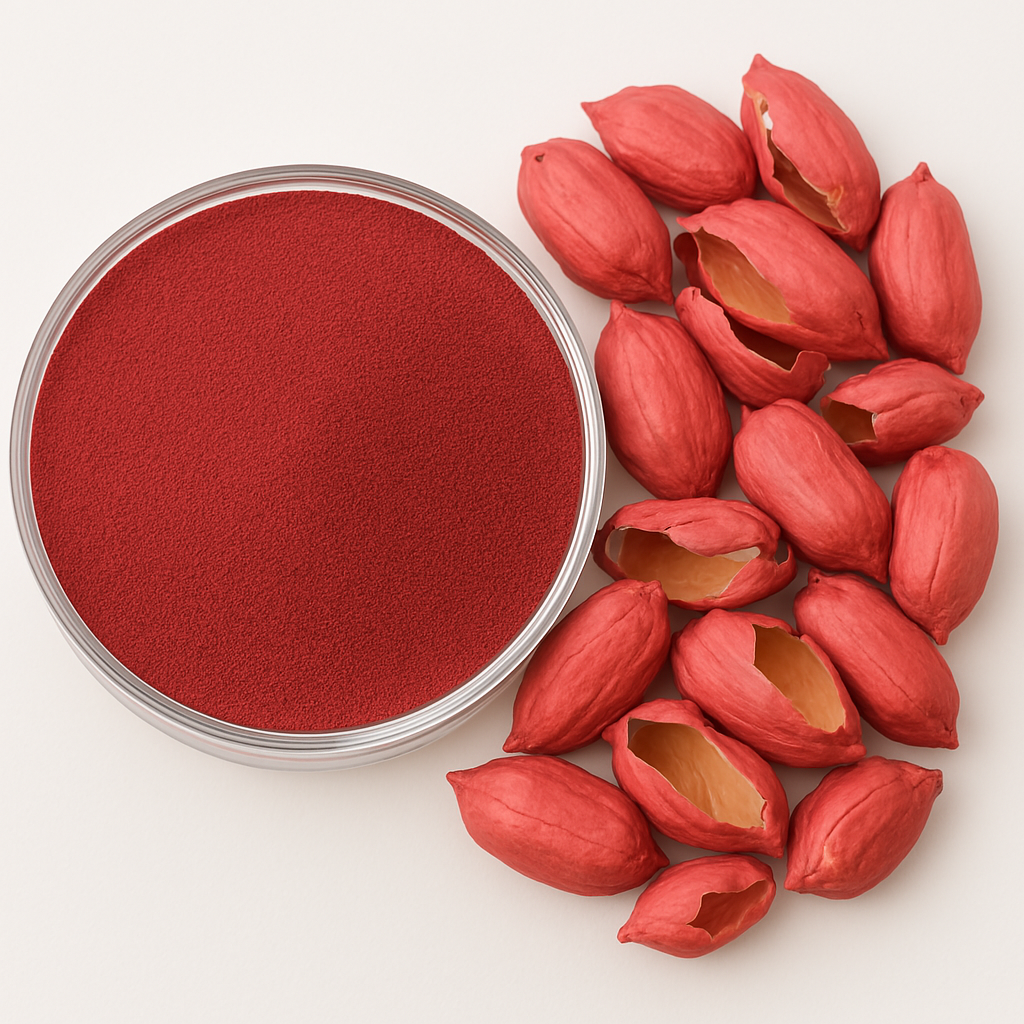
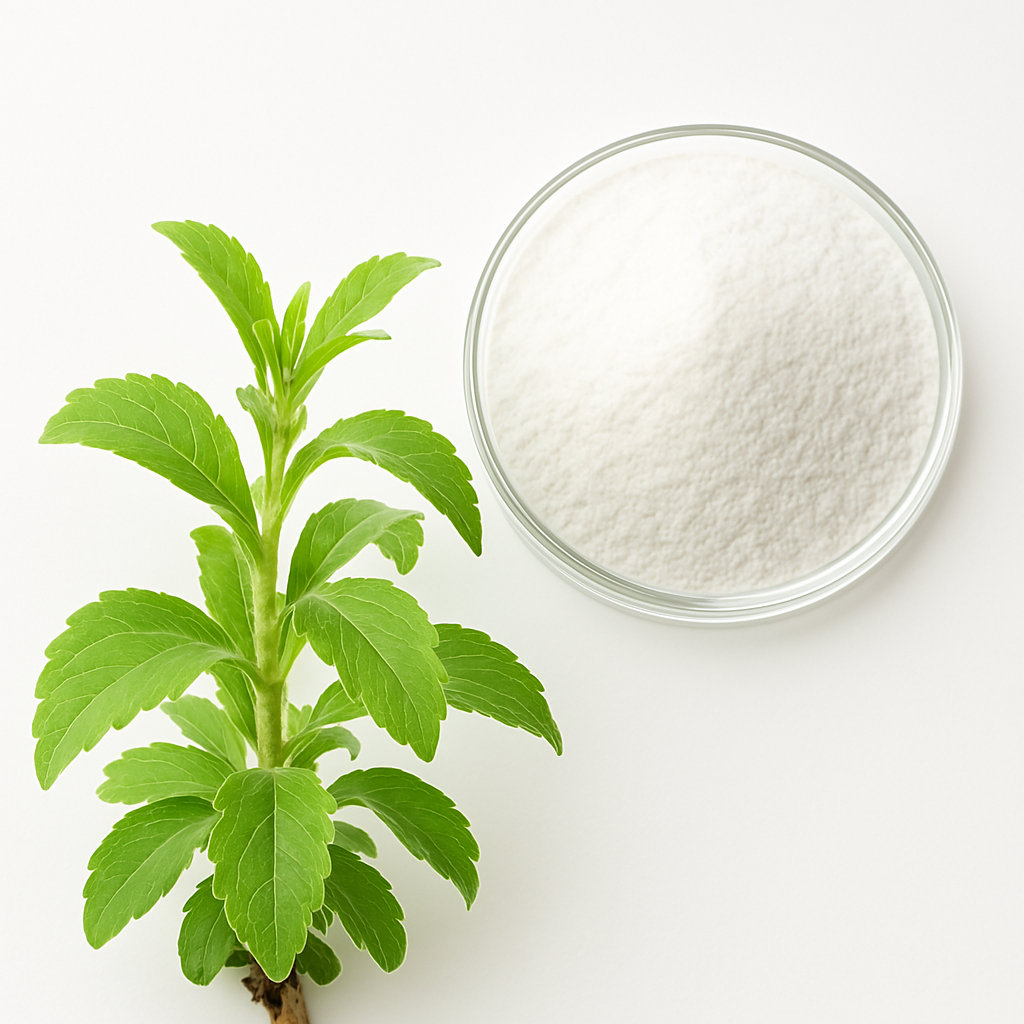

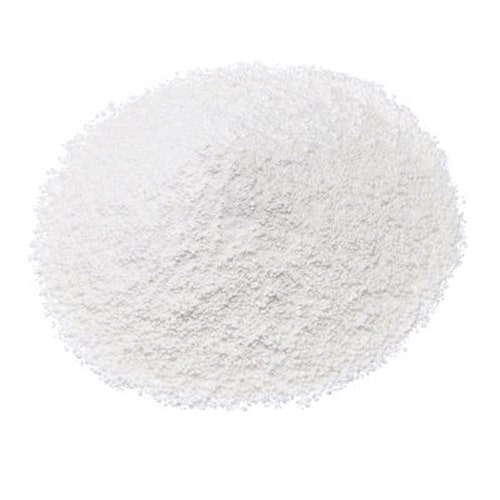
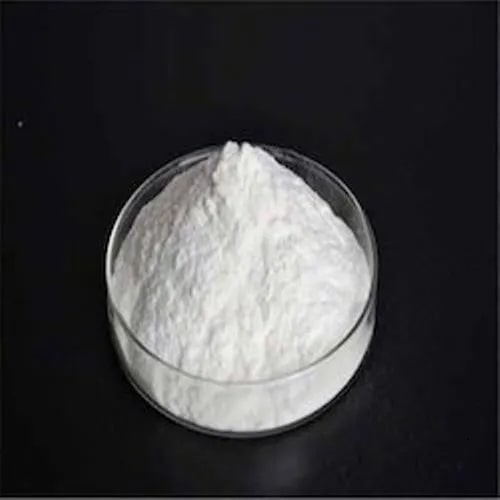













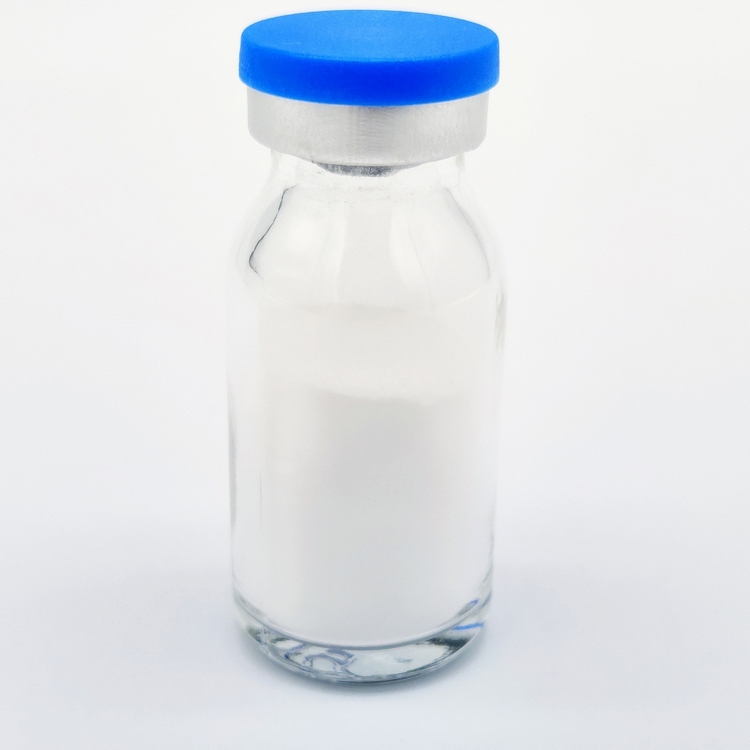
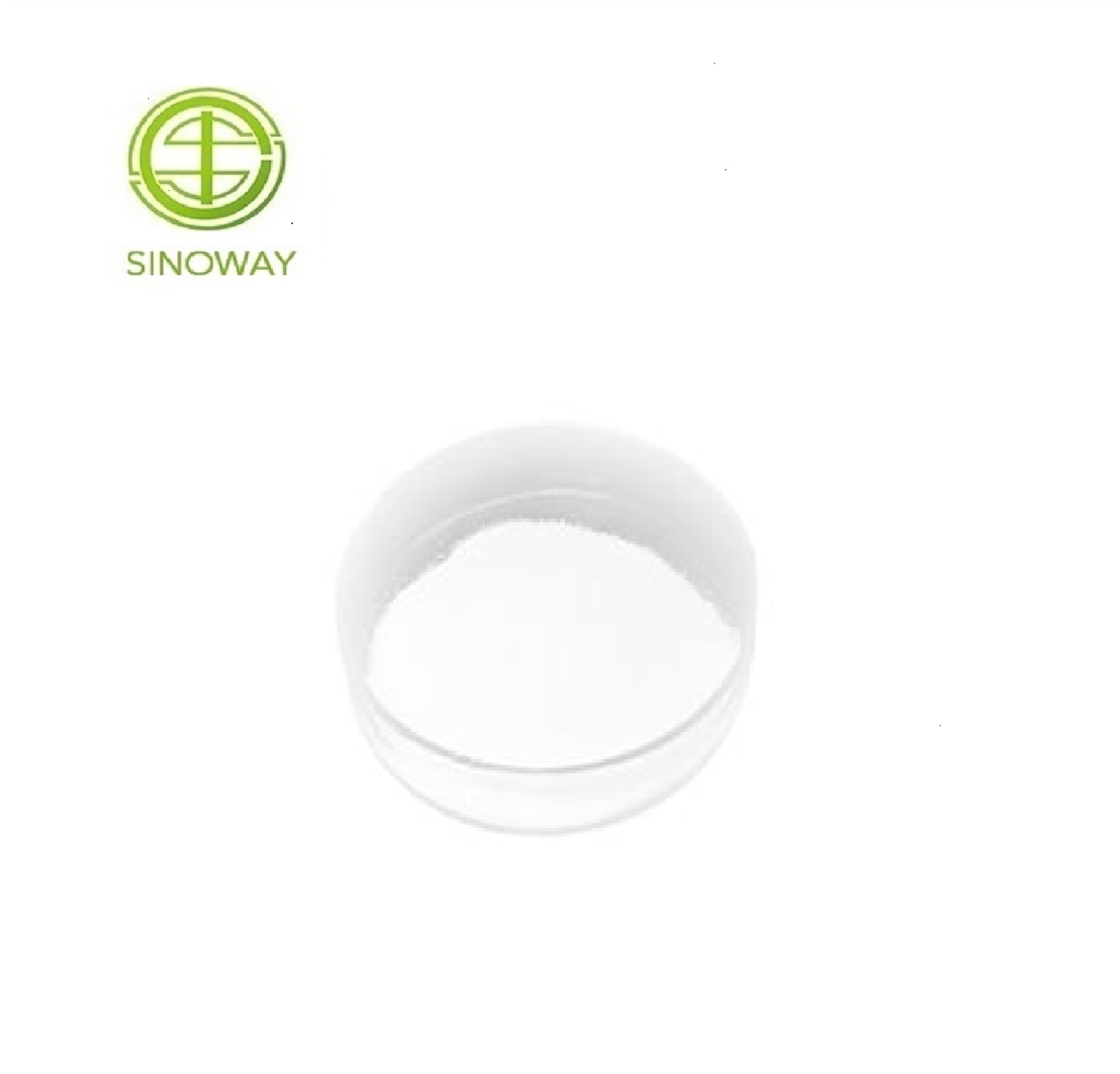

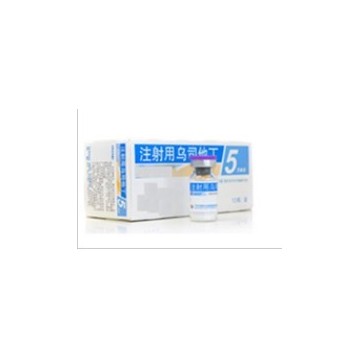
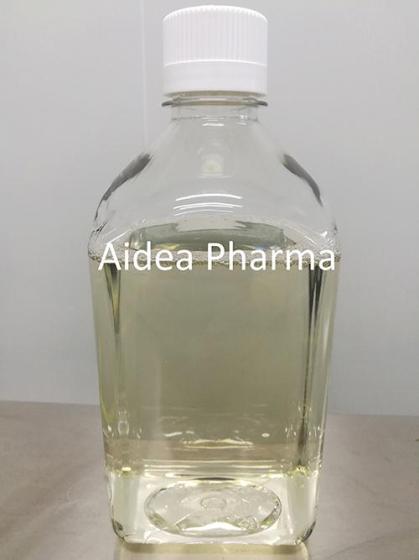

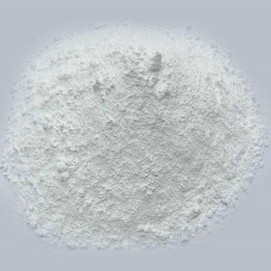
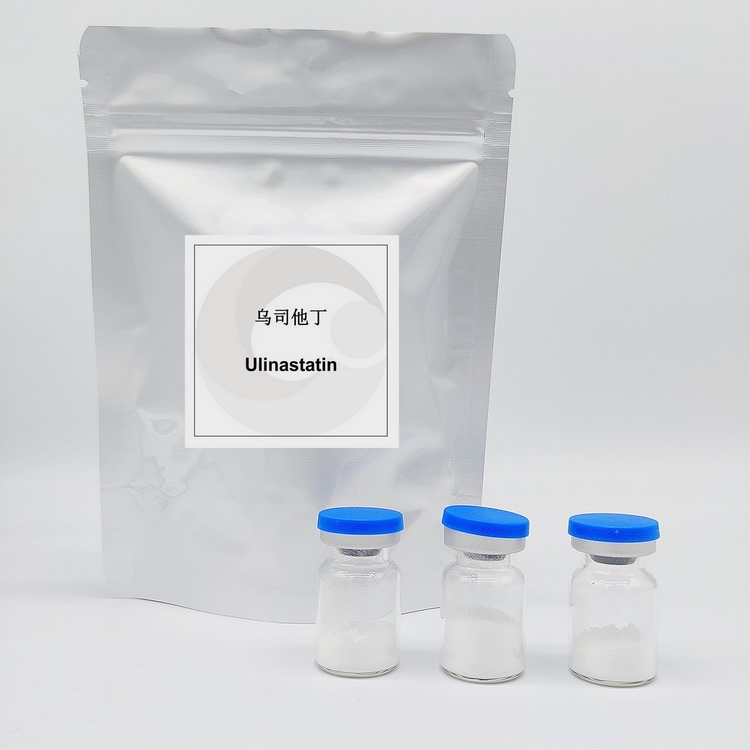
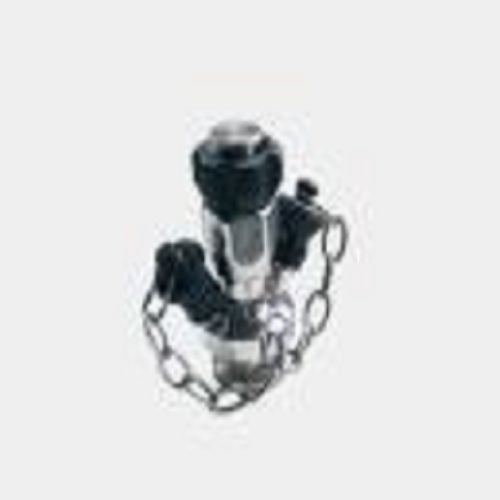
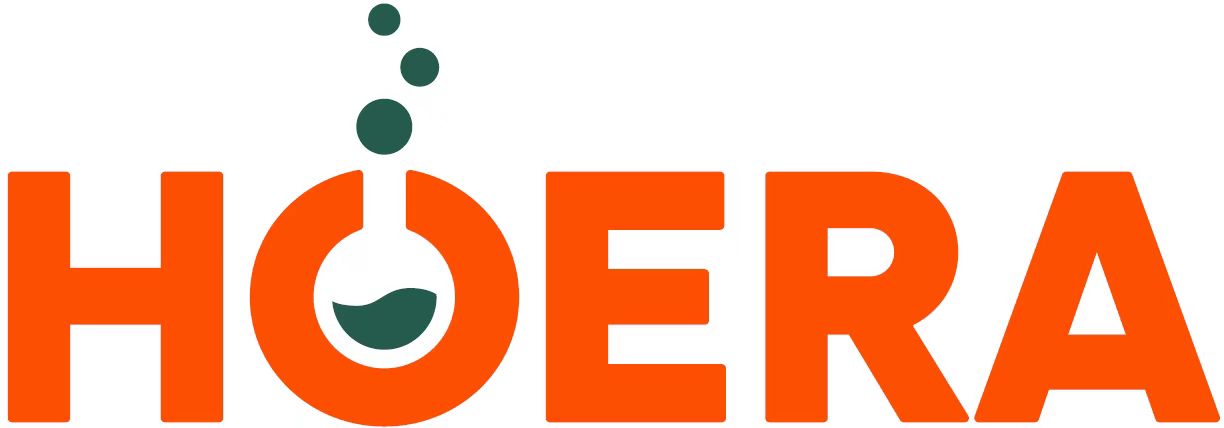





 Pharma Sources Insight January 2025
Pharma Sources Insight January 2025








